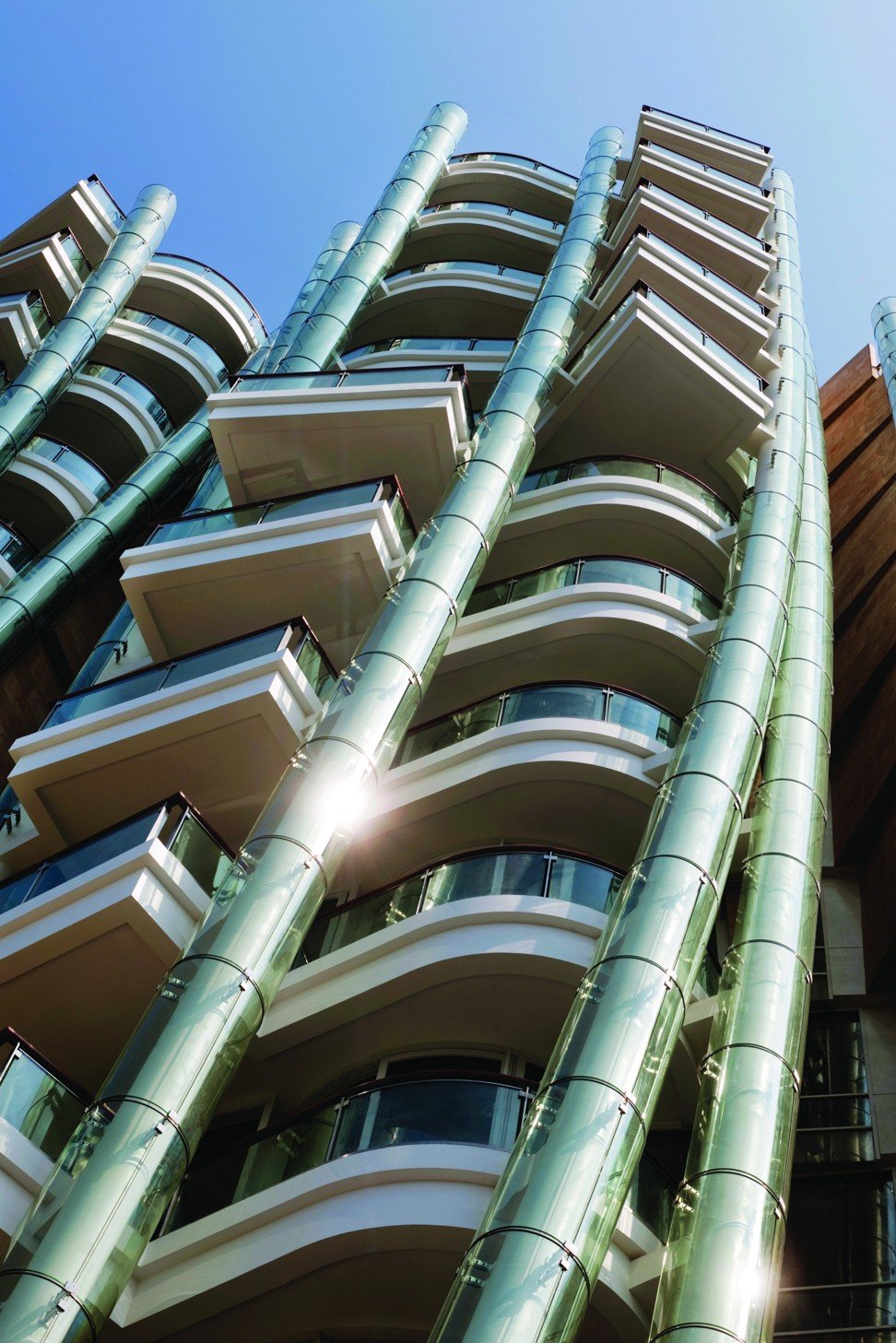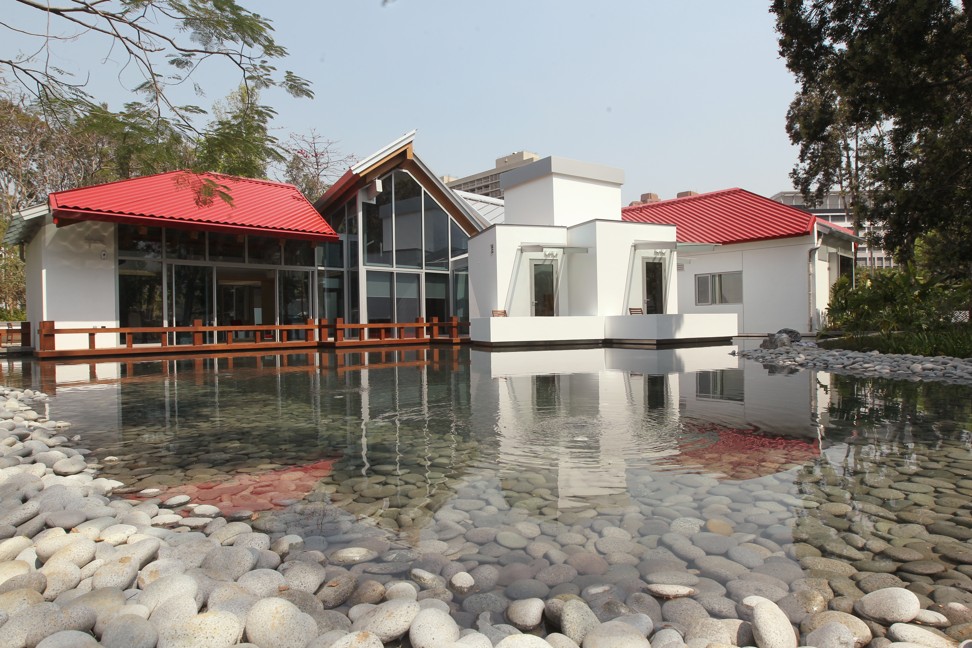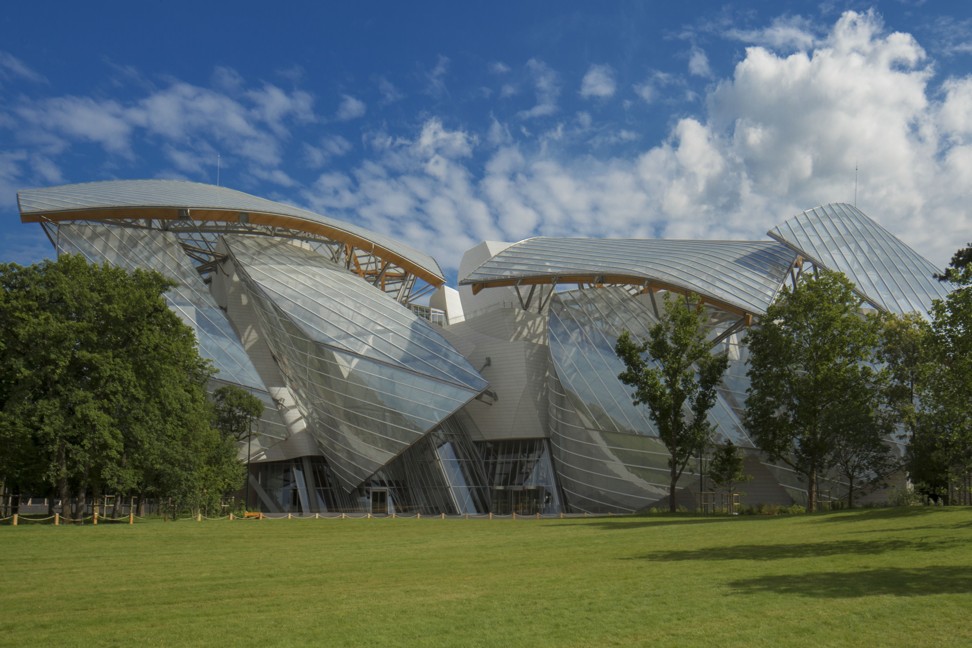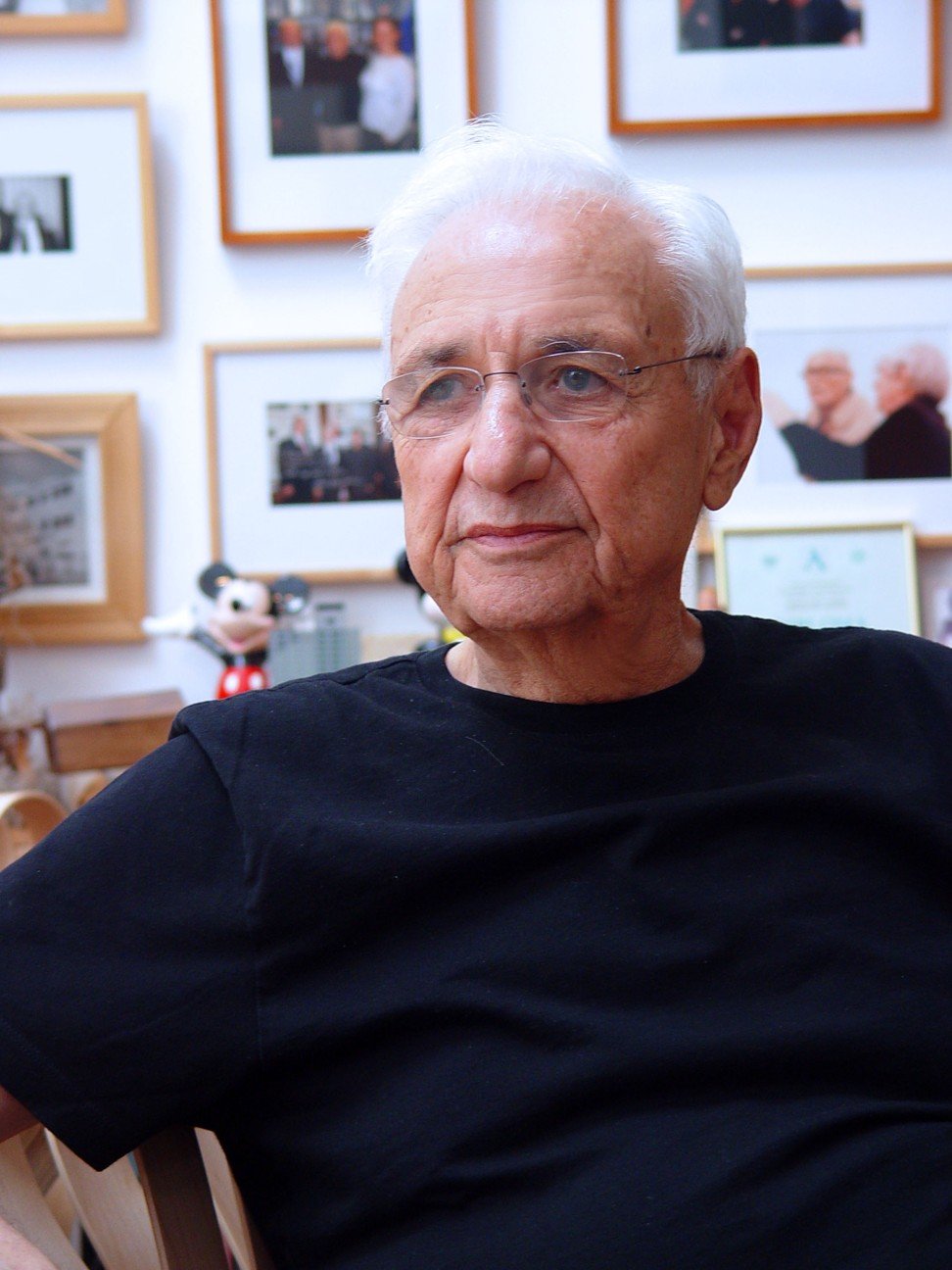Glass, steel, stones: How architect Frank Gehry bends it like Beckham – from the Louis Vuitton Seoul Maison to the Guggenheim Museum Bilbao

It is hard to quell the urge to rise and applaud when Frank Gehry walks into the room. Very few architects have continuously surprised and delighted the world as he has, over the past four decades, by creating buildings that have defied imagination – and physics, for that matter.
Today, he is holding court with about 20 journalists from around the world in another of these buildings, albeit on a more modest scale than his masterpieces such as the Walt Disney Concert Hall in downtown Los Angeles or the Dancing House in Prague.
Gehry has just collaborated with Peter Marino for the first time on the new Louis Vuitton Seoul Maison in Gangnam-gu’s Cheongdam-dong area. It is also a rare occasion that the famed architect has worked on developing an existing structure instead of building from scratch.
Designer Tony Chi leads The Carlyle, A Rosewood Hotel makeover
There is no missing the maison on the busy thoroughfare; its curving glass exterior and bright lights at night act like a beacon, beckoning excited shoppers.
In using glass, Gehry has taken a leaf out of his previous work for the luxury French brand, a glass structure for the non-profit art space Fondation Louis Vuitton in Paris.
“I normally start down a line of working with materials, like glass, which was very successful in Paris, and I want to keep exploring it. So this is a further exploration and hopefully we’ll have other ideas in glass for the future that we might be able to do,” he says.
“We partner with a lot of glass people, and we’re always experimenting. It is actually probably one of the largest materials in our world culture now. We’re using a lot of glass. So it’s a good time to experiment because there’s so much glass.”

7 amazing buildings on the 2019 architecture awards list
Glass is not the only material Gehry has managed to bend. Throughout his illustrious career, the sprightly 90-year-old has curved seemingly unyielding material such as corrugated steel, chain links and bricks and stones to his will. Gehry, who was born in Toronto, Canada in 1929, spent his early career working at other architect firms. He did not really hit his stride or taste true fame until he was almost 50, when he renovated his own home in Santa Monica.
Built in 1920 and bought in 1977, Gehry wrapped a metallic exterior around the original building, leaving many of the original details visible – offering a glimpse of what was to come.

He has followed that up with stunning edifices such as the Guggenheim Museum Bilbao, the Museum of Pop Culture in Seattle and the Biomuseo in Panama City, to name just a few.
Most feature his signature of curved lines and unusual materials.
In Hong Kong, the architect is known for Opus, one of the most expensive residential buildings in the city. Lesser known is a project he did for the Keswick Foundation: Maggie’s Cancer Caring Centre at Tuen Mun Hospital, which offers care, support and other services to cancer patients and their families.
I normally start down a line of working with materials, like glass, which was very successful in Paris and I want to keep exploring it
Not much seems to stump Gehry – until the subject of sustainability is brought up. As we speak, he is waiting to hear if the bush fires in California burn his house down. “The fire department assured me it would be all right but I may have to leave any time!” he says.
“[Sustainability] is a real issue. A lot of stuff that goes on in the interest of that doesn’t really work and some of it’s been commercialised. You almost have to go back and live in a cave. If you really want to do it, you have to get rid of everything because everything is problem.” he says.
STYLE Edit: K11 Musea explores 4 muses of art, nature, design and fashion
“The house we just built, I did everything possible that I could but maybe I got just 60 per cent of it. It’s hard to do because you’re living with existing technologies and financial constructs. I’m looking at my grandchildren and saying what is it going to be for them? But I think it’s something, I mean, we should all quit everything we’re doing and just do that because the world may depend on that.

“The only bright star may be there are technologies being developed and that we should support them because we have the know-how. We should be able to heat and cool our places using the sun and light captured without using fossil fuels.”
Long ago, Gehry earned the right to pick and choose the projects he wants to be involved in. First of all, he has to like the people he is working with.
“A project is a long-term commitment, so you really have to like them. Politically, I don’t accept projects where I don’t agree with things. If I feel uncomfortable about stuff, I don’t go there,” he says.

One of the projects that has been close to Gehry’s heart is a plan to convert the concrete-paved, 51-mile Los Angeles River into a green ring road that offers everything from bicycle paths and playgrounds to schools and a cultural centre.
“South of Los Angeles has no open space for children, and the lifespan of children in those areas is 10 years shorter than on the West side. So we proposed to cover the river and put a park on top. The government owns the land but we can plant. So that’s what we’re doing. I’m sure there are equal projects around the world. That’s just something I’m working on.”
Before Tokyo 2020: 5 other iconic Kengo Kuma designs

Milestones
1962
Establishes his own company, Frank O. Gehry & Associates
1978
Starts experimenting with unusual, quirky designs, especially with his own home – a two-storey building he stripped and rebuilt with a chain-link and corrugated steel frame, with protrusions of steel and glass
1987
Designs the Vitra Furniture Museum and Factory in Weil am Rhein, Germany
1989
Wins the Pritzker Architecture Prize
1990-1993
Works on the Frederick R. Weisman Art Museum at the University of Minnesota
1991-1997
Gehry’s experimental forms reach their zenith with the Guggenheim Museum in Bilbao, Spain
1998
Receives the National Medal of the Arts, the highest honour given to artists and arts patrons by the United States government
1995-2000
The Experience Music Project (renamed Museum of Pop Culture in 2016) in Seattle becomes one of his first musical venues
1996
Completes the Dancing House in Prague. The building was a collaboration between Gehry and local architect Vlado Miluníc
2002
Wins the Gold Medal for Architecture from the American Academy of Arts and Letters
2003
The Walt Disney Concert Hall in Los Angeles is completed to great acclaim
2007
Completes the IAC Building in New York City, his first major glass building
2012
Marks his first Asian residential project with Opus Hong Kong on Stubbs Road
2013
The Biomuseo in Panama City draws worldwide attention for its colourfully crumpled roofline
2014
Completes Fondation Louis Vuitton
2015
Finishes the undulated brick structure of the Dr Chau Chak Wing Building at the University of Technology Sydney Business School
2016
Receives the Presidential Medal of Freedom from the United States
Want more stories like this? Sign up here. Follow STYLE on Facebook, Instagram, YouTube and Twitter .

Glass is not the only material Gehry has managed to bend; the prize-winning 90-year-old has continuously surprised and delighted with buildings that defy the imagination